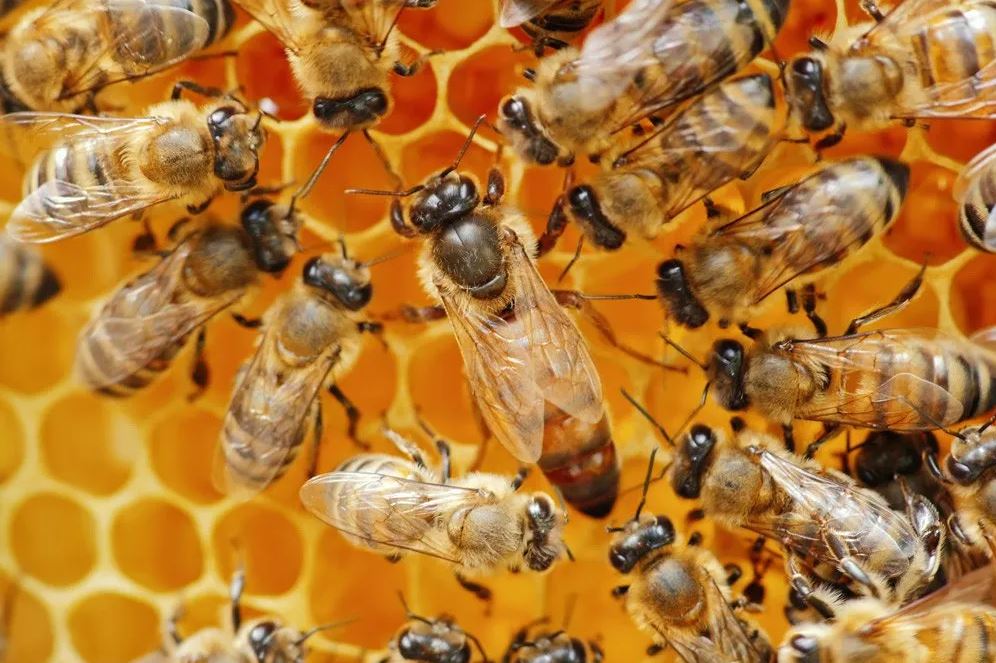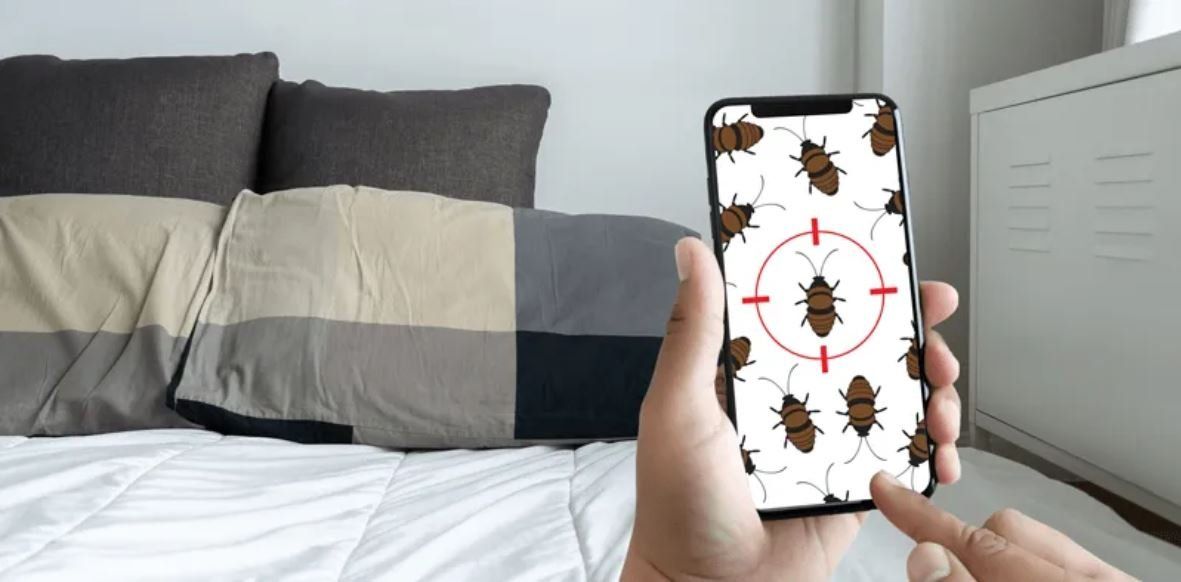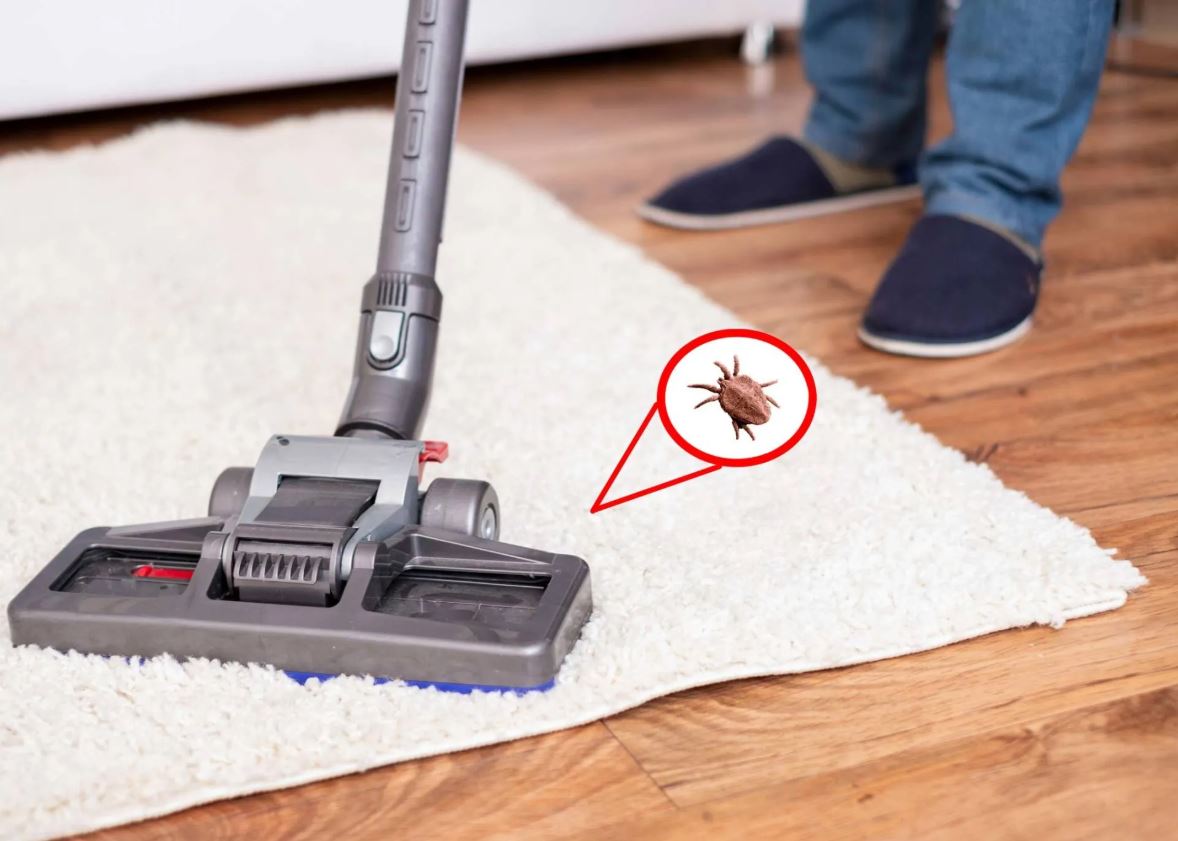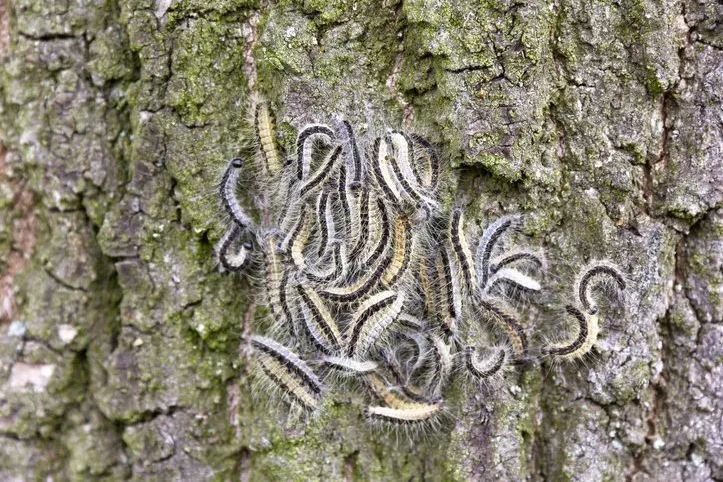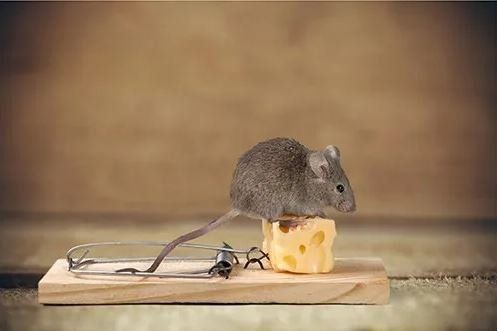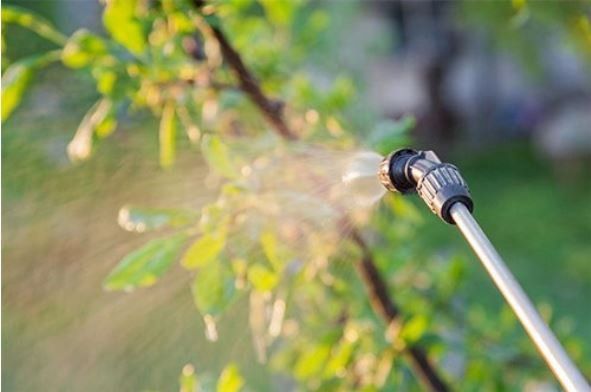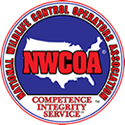MONTEREY BAY
PEST CONTROL INC.
LOCALLY OWNED AND OPERATED
Common Myths About Fleas
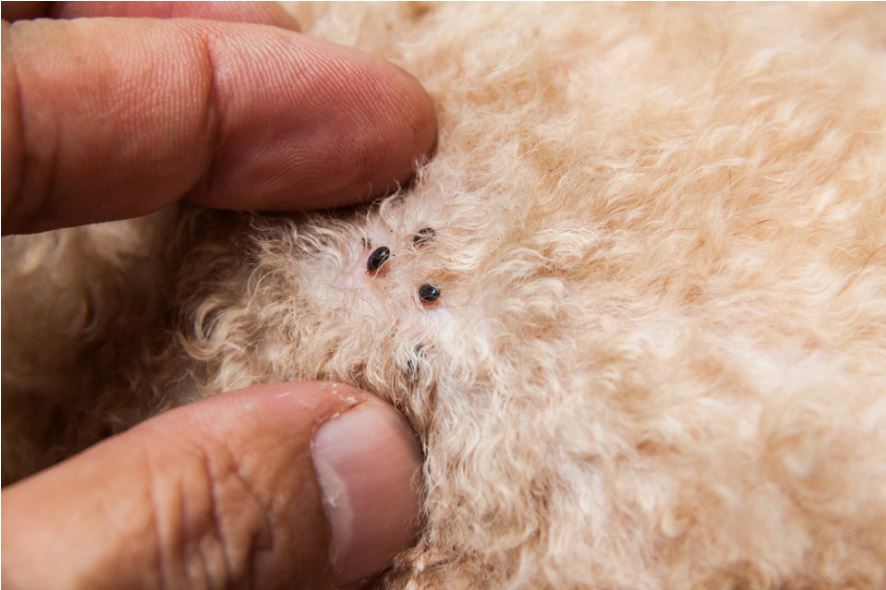
Only Pet Owners Get Fleas
While a dog or cat roaming outside is an easy way for fleas to hitchhike into your home, a pet isn't always a necessary part of the invasion equation. Fleas can enter your home without having a pet. Potential non-pet causes include:
- Previous pets. If you rent your home or recently moved in to a new purchase, the old tenants or owners may have had pets with fleas. The flea eggs could have fallen of their original host, landing in carpeting or furniture.
- Outdoor animals. Wild animals, such as raccoons, squirrels, and mice, can transport fleas into your home. This possibility makes controlling invading wildlife in and around your home a top priority.
- People. Fleas need a host to feed on. Even though pets are attractive feeding grounds to these pests, a flea can catch a ride into your home on a human host.
Don't assume that the biting bugs in your home aren't fleas because you don't have pets. Instead, contact a qualified pest control service contractor to evaluate the insects and control the invaders.
Indoor Pets Can't Have Fleas
If an infestation can start in a home without pets, an infestation can also start in a pet that doesn't go outdoors. That means your indoor kitty can pick up these pests, without ever stepping into your yard.
How can your furry friend get fleas without going outside? Look at the causes of flea infestation for nonpet owners and you have your answer. An existing flea infestation in a rental or newly purchase property, wild animals or pests, and people who enter your home can all transport these insects into your home and onto your pet.
Fleas Are Summer Pests
Even though fleas enjoy the warm weather, you can have an infestation during every season. Fleas can stay in their cocoons at just over 51 degrees Fahrenheit for up to 30 weeks. When the mercury dips, these larval fleas stay warm safe - waiting to emerge when the weather warms.
Along with keeping warm in a cocoon, fleas can survive harsh outdoor temperatures by staying inside your home. Boosting the heat to combat the winter or fall chill makes the indoor air appealing to these invaders. Fleas that are already in your home won't have a problem staying alive during the cooler seasons.
Regular pest control treatment can combat the year-round possibility of flea infestation. If you skip fall or winter treatments you decrease the preventative impact, which raises the invasion risk.
Garlic Keeps Fleas Away
Natural DIY fixes are popular alternatives that many renters or homeowners look to for help. Even though some non-chemical methods of pest control have merit, garlic - in response to a flea infestation - isn't one of them.
Spraying your home with a garlic-water mix or dousing your dog with the smelly substance won't do much more than leave behind an odd odor. Little scientific evidence exists that garlic kills fleas or prevents an infestation. Beyond that, garlic is toxic to dogs - which makes it a dangerous choice for pet owners.
Instead of using garlic, or another DIY method, hire a professional to handle your home's flea problem. The pest control expert will discuss effective strategies to eliminate the infestation or prevent future problems.
Does your home have fleas? Contact Monterey Bay Pest Control Inc. for more information.
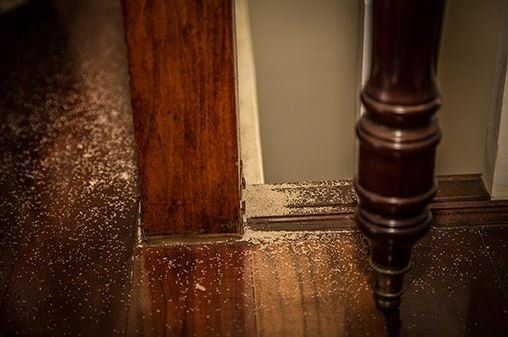
Phone:
Mailing Address:
PO Box 810 Seaside, CA 93955
Two addresses to serve you better:
Monterey Bay Pest Control
1997 Del Monte Blvd. Seaside, CA 93955
Monterey Bay Pest Control
4041 Soquel Dr. Ste 320
Soquel, CA 95073
